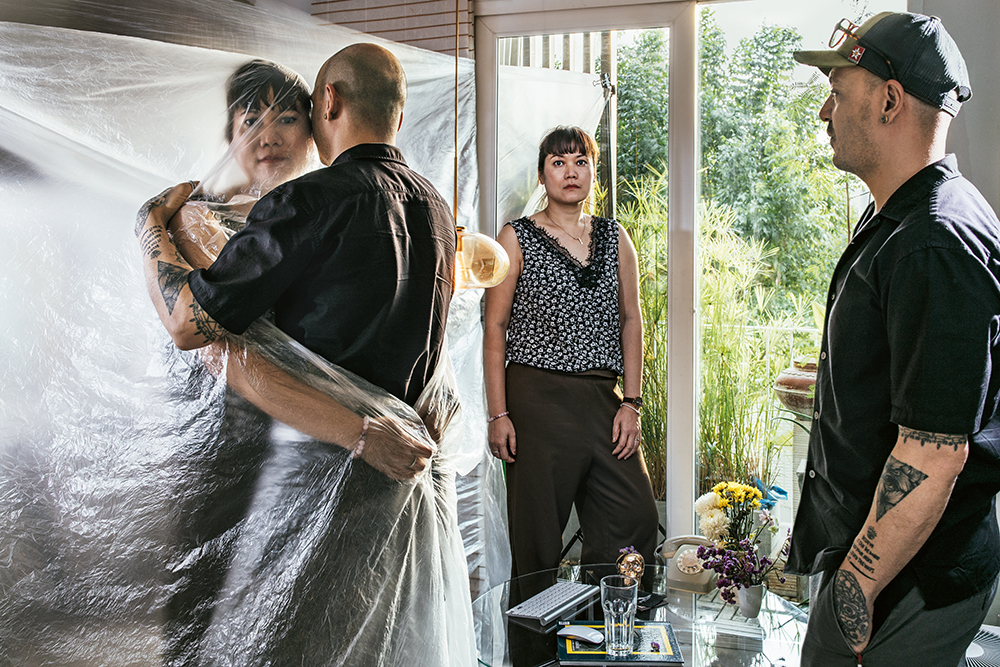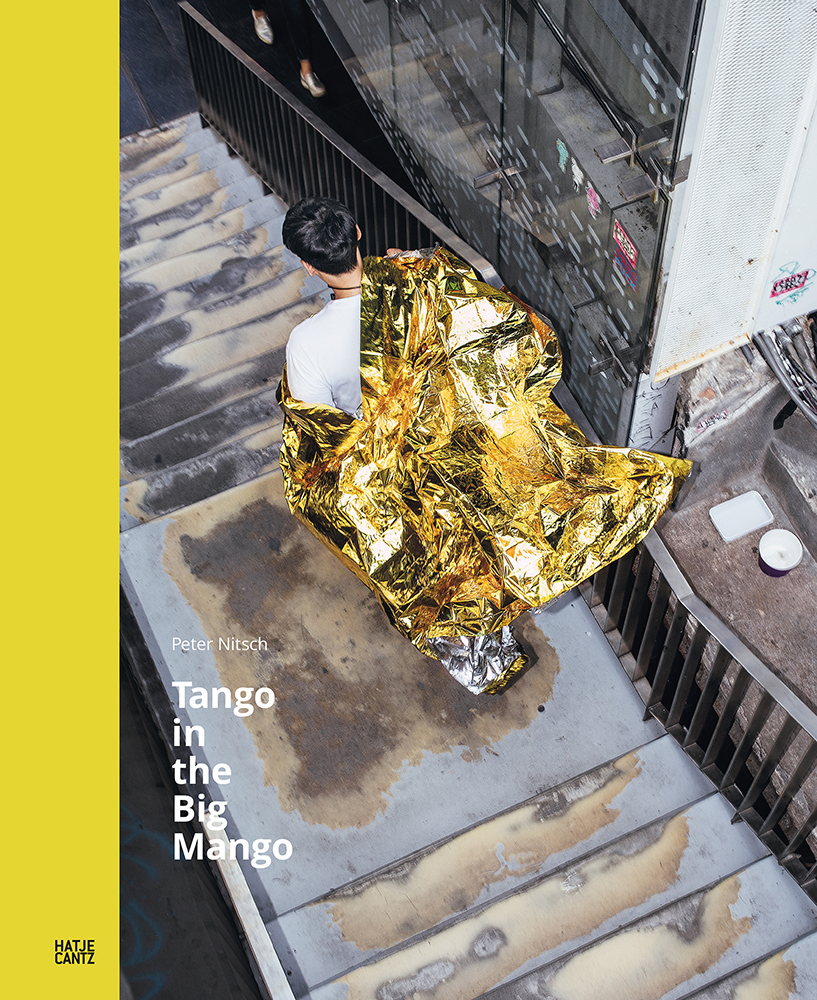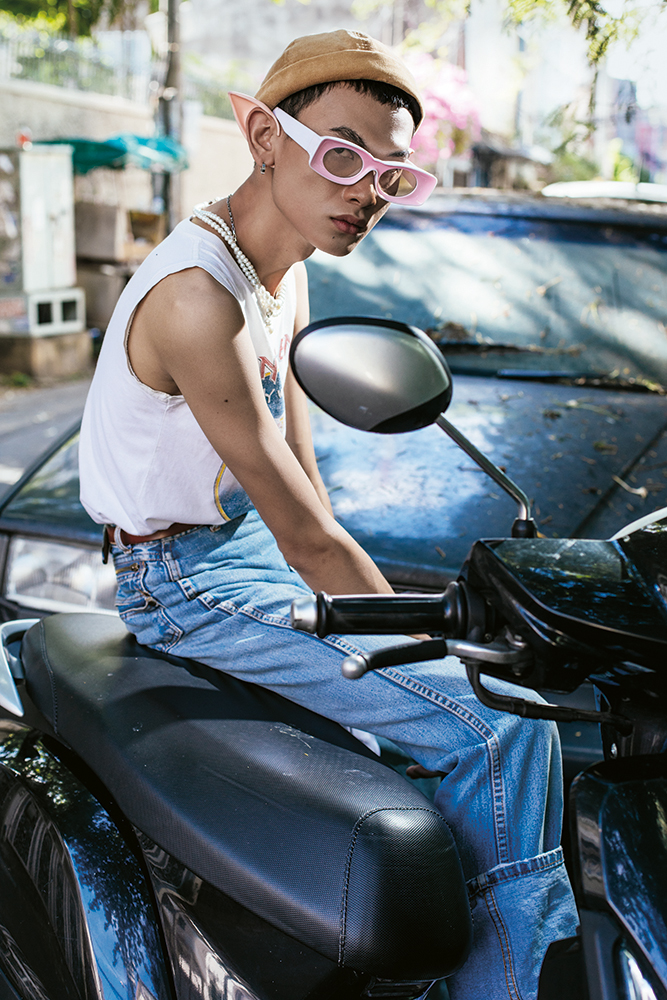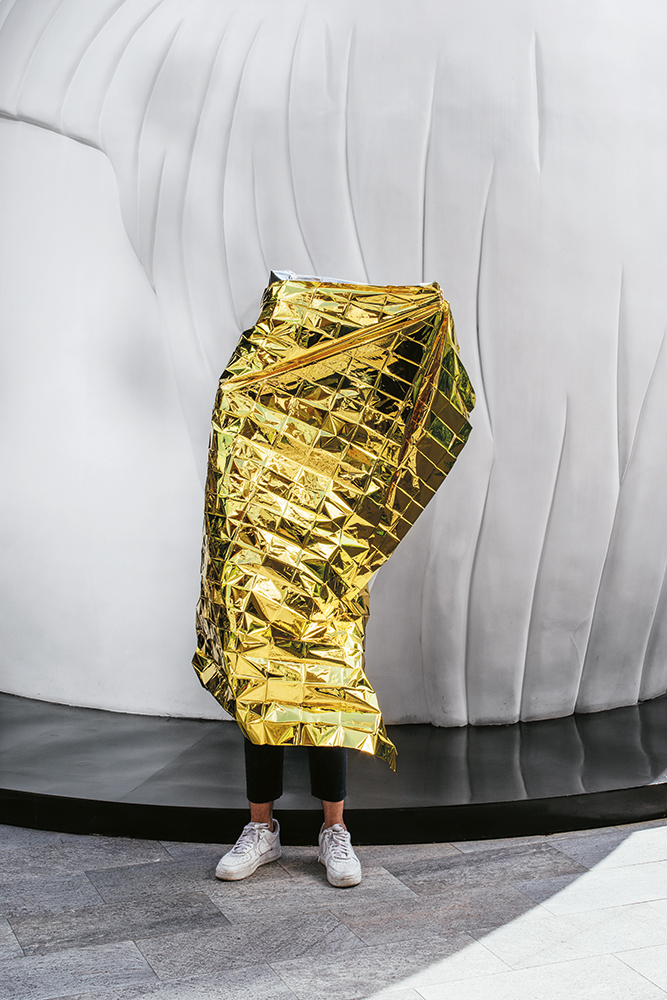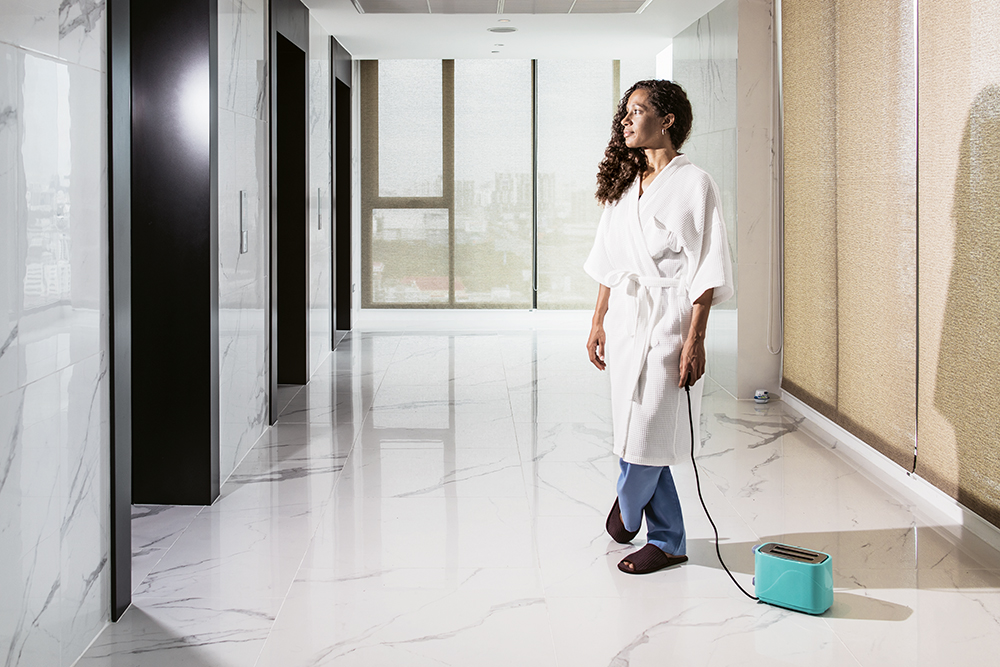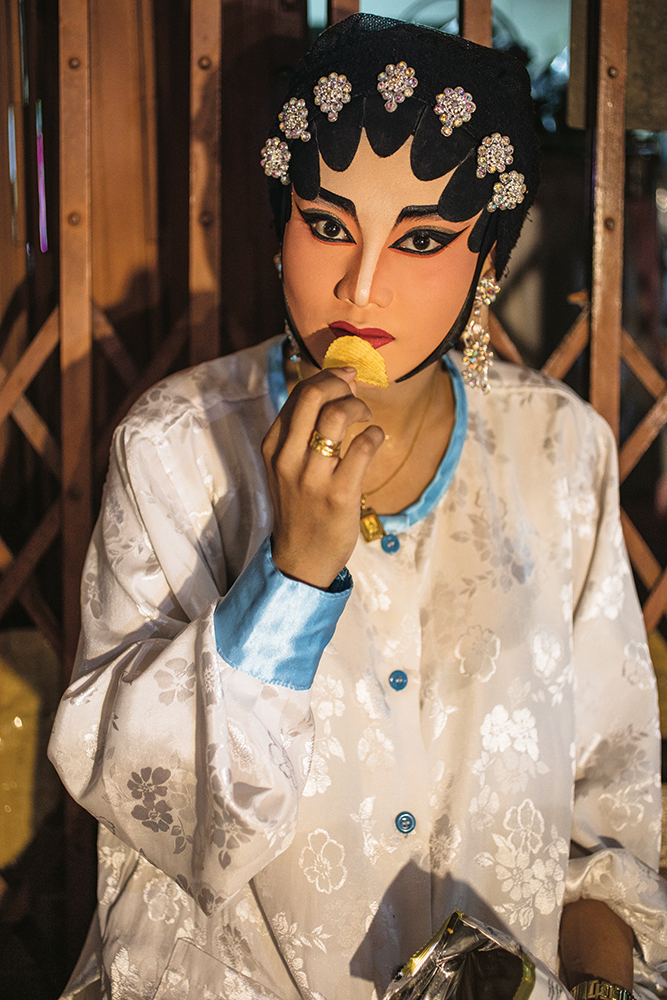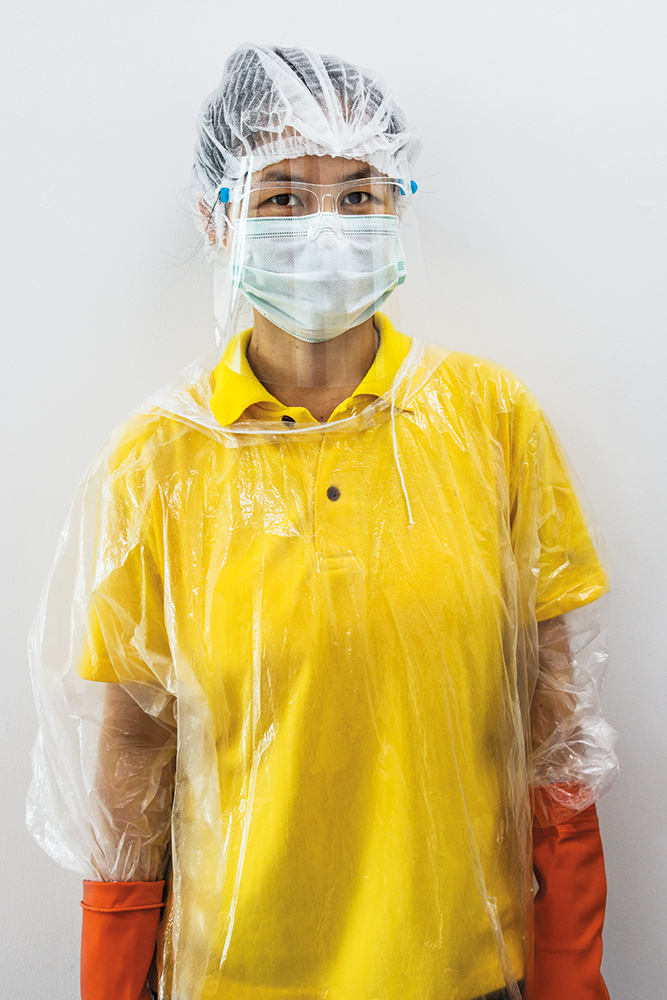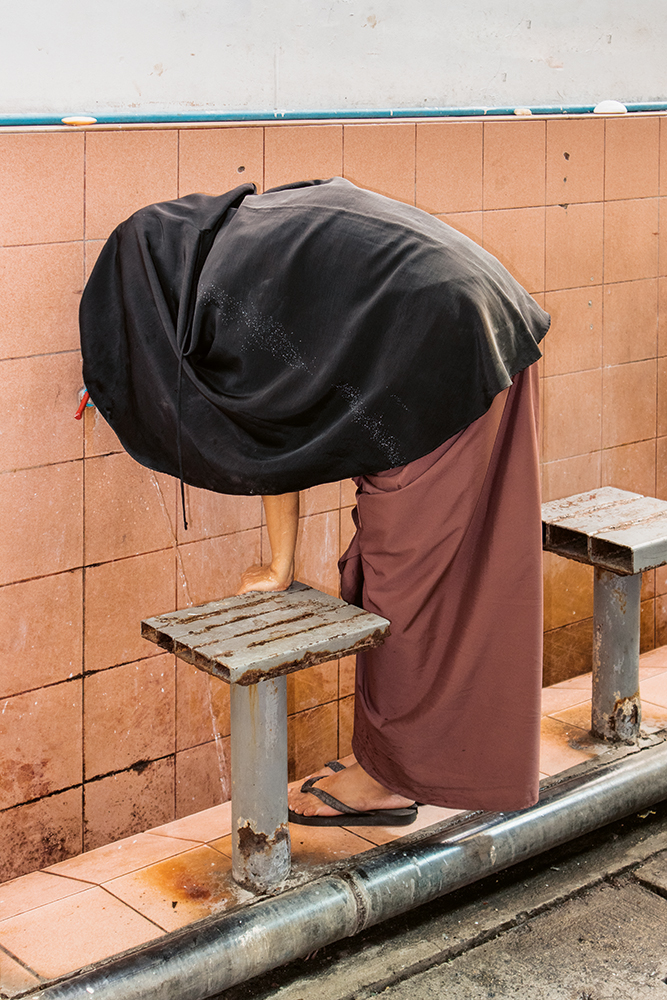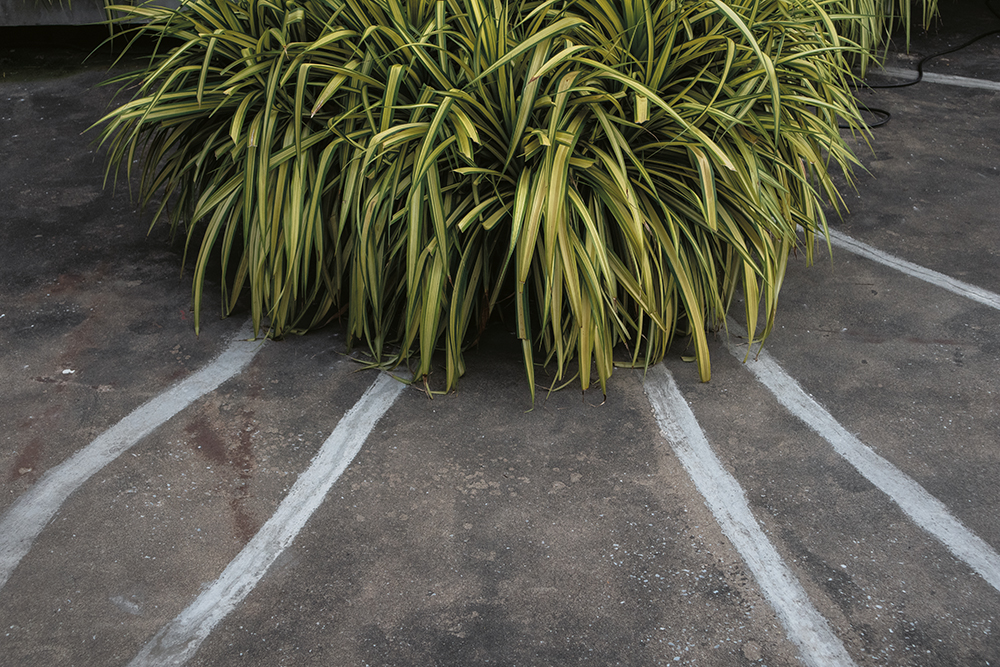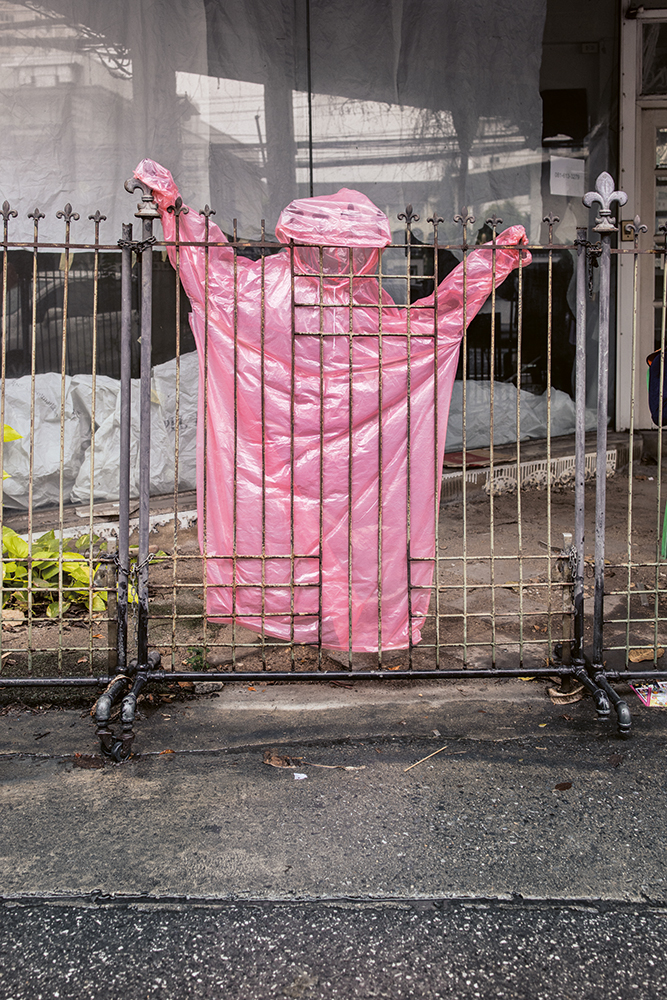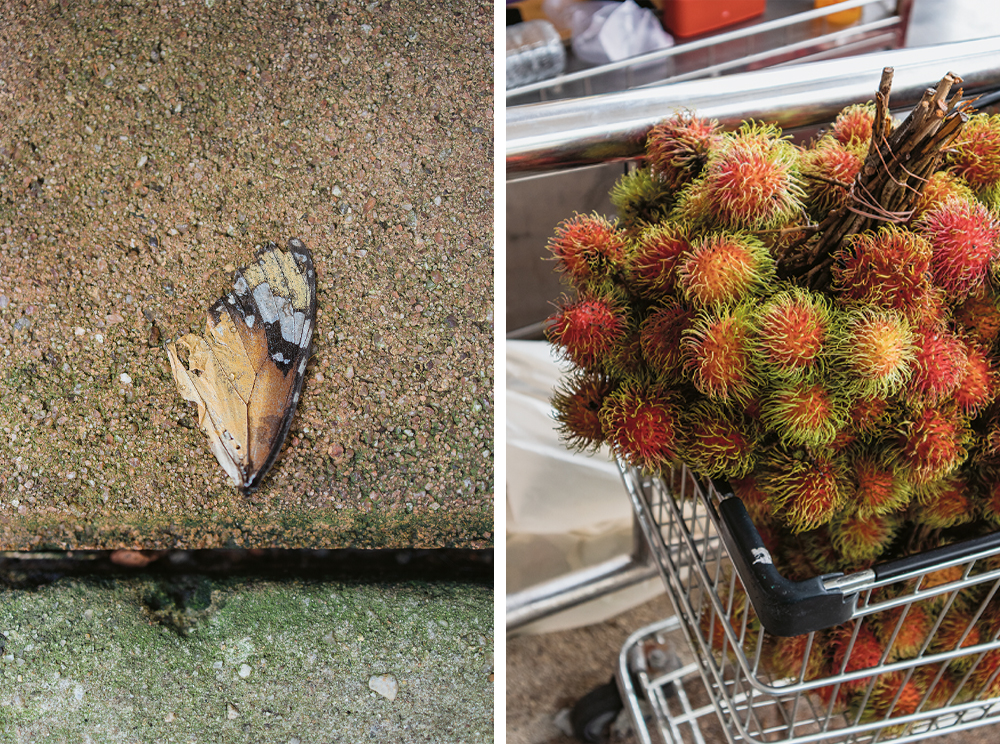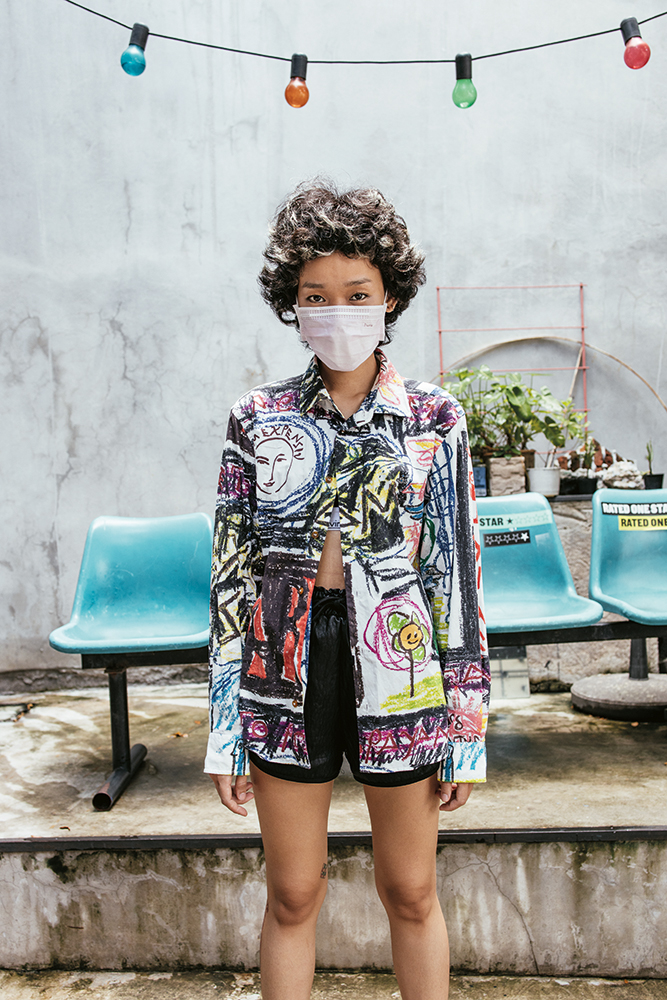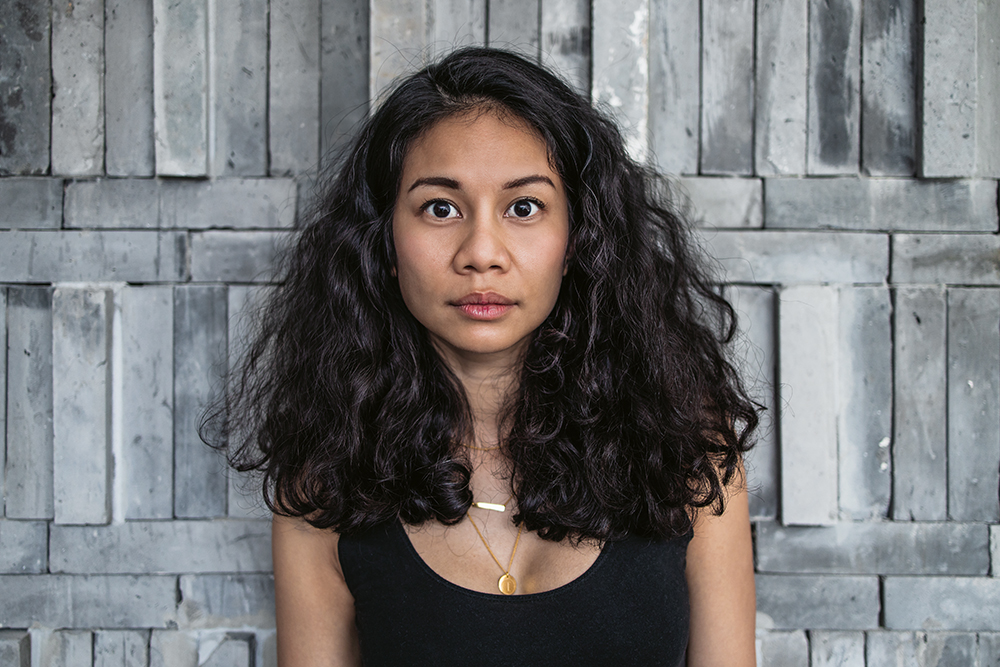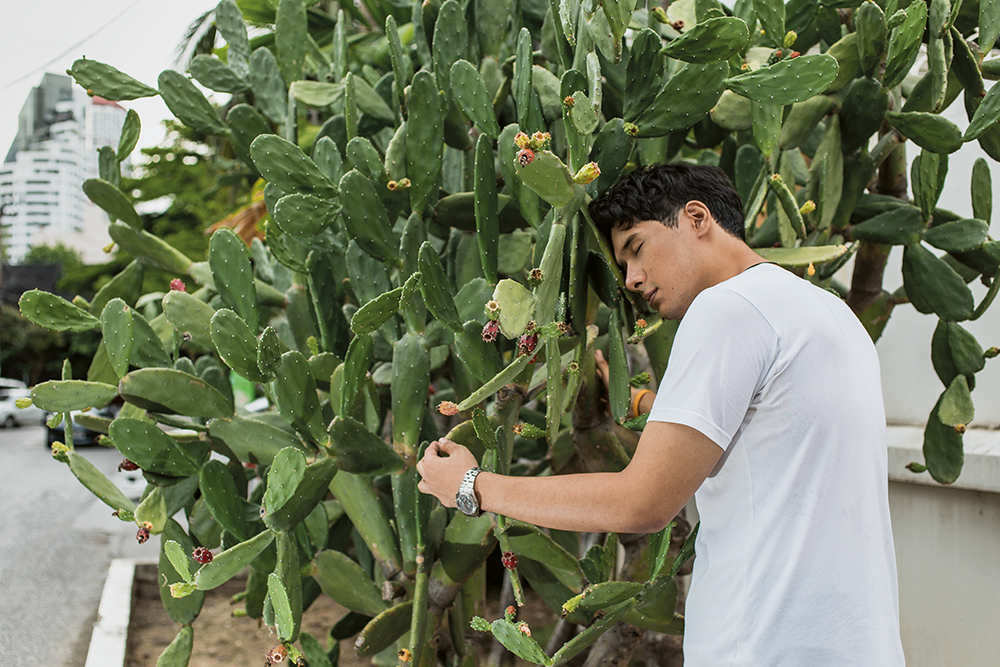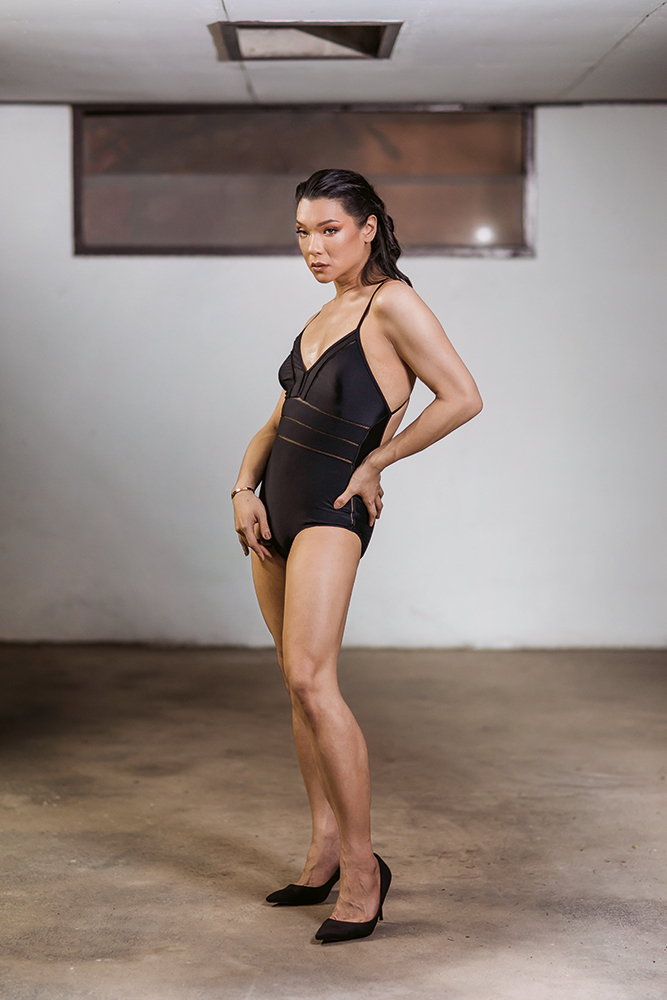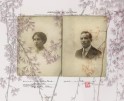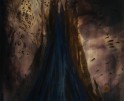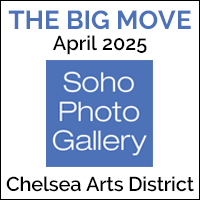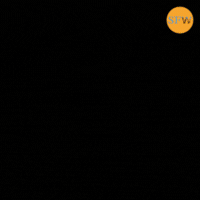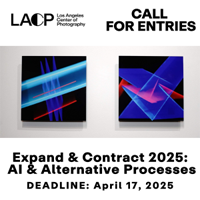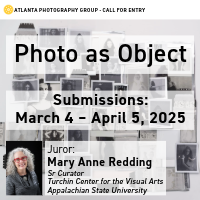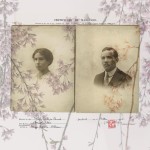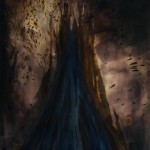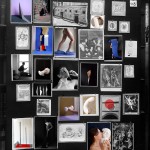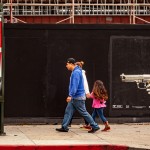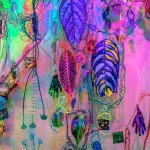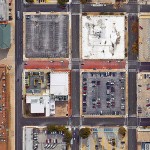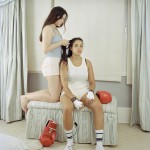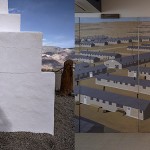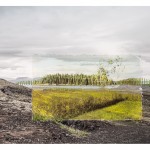Peter Nitsch: Tango in the Big Mango
Peter Nitsch is a German-born photographer and designer whose fascination with Thailand has spurred a culmination of diverse photographic styles in his book entitled Tango in the Big Mango. Buddhist teachings underpin Nitsch’s exploration into greed, growth, and angst. Set against a colorful Bangkok backdrop both pre and mid-pandemic, Nitsch combines street, portrait, and conceptual photographic genres to demonstrate a fascination for a mysterious and beloved Thai culture. During my interview with Nitsch, I came to understand that his creation of Tango in the Big Mango was much like a tango dance – long pauses, stylized positions, and great passion.
Peter Nitsch was born and raised in the Upper Palatinate, in eastern Bavaria. He received his BA in communication design from the Department of Design at the Munich University of Applied Sciences (MUAS).
Influenced by his no-man’s-land childhood in the Upper Palatinate and the German skater scene of the late eighties, Nitsch’s narratives of people in dialogue with life observe individual and collective identities through a bright, clean vision—he uses social context and the (urban) landscape to explore these identities in relation to cultural and intercultural realities.
Nitsch published his first monograph Bangkok – Urban Identities in 2006. He is the recipient of numerous awards, both as designer (New York Festival and BDA, among others) and photographer (Los Angeles International Photography Award and Hasselblad Masters semifinalist, among others). He was cofounder of Europe’s first crossover skate- and snowboard magazine, Playboard, and the corporate design studio RUPA.
In 2020, Nitsch became a lifetime member of the Royal Photographic Society of Thailand. Follow Peter on Instagram: @peternitsch.gram
Tango in the Big Mango
Tango in the Big Mango is a bit of walking at the edge – putting together different approaches, like street photography, documentary, portrait and conceptual. It’s a multifaceted panorama of Bangkok, a Baudelaire-like photo imagination, working at a ground zero of now-ness.
In Tango in the Big Mango the portraits are an important part of the scaffold constructed for this photo book. JM Ramirez-Suassi said about the series: “The approach given by Nitsch, through the interconnections established with his senses, means that we are actually our mirror, which represents us in our condition of continuous expectancy, thus remaining bound to crude materiality.“
Can you tell me how you began Tango in the Big Mango project? Did you know from the onset that it was a book project.
I had the idea of combining different styles and approaches of photography in one book many years ago. I can’t remember exactly, but the idea was in my head around since 2015. I always wanted to combine conceptual with documentary and street photography with people as the primary focus.
Over what period did you make the images? How did your fascination with Thailand begin, and why?
I started the project one year before the pandemic in 2019 and finished all photographs by the end of 2020.
I came to Thailand for the first time in 2001. I did not go to the beaches and stayed in Bangkok for some weeks instead. This was truly the initial spark. New York City is called the Big Apple; Bangkok is referred to as the Big Mango. The mango itself is a fruit that can be sweet and sour with lots of variations. In the late 90s, I also visited New York City many times, and when it comes to creativity, Bangkok is equal to it. It has this electrifying energy in the air compared to the art scene of the 1970s Warhol era in NYC.
Can you talk about how the pandemic affected or changed your project?
The photographs cover both the time before and during the pandemic. Though I tried to balance the images in the book and not let the pandemic take it over, roughly said it covers only about 20% of the book.
It was pretty challenging as the virus started to spread at the beginning of 2020. My wife and I had already prepared everything – moved out of the apartment, quit all jobs in order to move to Bangkok. Suddenly we had to replan everything just within a few days.
We had to store all our belongings in containers, as we could not reschedule our shipping. Long story short, my wife was able to fly with our dog to Thailand, and I had to wait another four months until being allowed to enter Thailand with a special VISA, which only a few hundred people could obtain
Within the book, you present three thematic explorations – Greed, Growth, Angst – can you describe how these themes developed and how you approached each through a different creative process? Did you create these categories after you began the project, or did you have them in mind as you were shooting?
I created these three categories as a concept shortly before I began the project but had already begun to put them together along with other nonconceptual photographs. The three series play an important role in Buddhism in mental formations ranging from greed and hatred to discretion and balance of mind.
For the Greed images, I had a photograph of a man with peafowl feathers in mind who puts himself on display, symbolizing the concept of greed. The English word “greed” usually is defined as attempting to possess more than one needs or deserves, especially at the expense of others – a longing for material gain, be it food, money, status, or power. Indeed, Buddhism does not teach that there is anything wrong with working to earn money. The challenge is to live in a material culture without getting snared by it, so desire loses its power to jerk us around.
I first had something different planned for the Angst staged tableau of figures, a person with a mask worn reversal on the head. But then came the Covid-19, and people around the globe faced a lot of uncertainty, especially worrying about an unknown future. That’s when I had the idea of people caught up in plastic-veiled environments—clearly reminiscent of C19 quarantine rooms—a discomfiting sense of time’s constant evaporation and at the same time separating the past from the present in one image. For example, here in Thailand, suicide rates have increased by 11% from 2019 to 2020, according to Thailand’s Department of Mental Health.
Your work in the book includes different styles – conceptual, portrait, documentary, and street photography. How do you know which style is most relevant for what you are photographing? Which genre of photography do you believe your work falls under?
I have made up my mind on how everything should fit together; I have a concept at my fingertip and specific images in mind, but when I go out photographing, I try not to overthink if this or that image would fit in any series or concept. I did this for some years, and it blocked me from making photographs because my mind was constantly seeking a drawer to put in the images. I have emptied all drawers and don’t open them until I return home and sort the fruits of labor into portrait, documentary, and street photography. Only the conceptual photography is strictly planned.
Gregory Galligan, the Director of Thai Art Archives, asked me the same question about which genre of photography I see my noncommercial work. A few seconds later, he came up with a definition I think fits perfectly: “…I see Nitsch’s use of the ‚documentary’ as something far more Baudelaire-like, a split second in time that lends our eye something prior to narrative meaning and description/definition. “
Your pictures are often experimental. Can you discuss how you conceived of the Golden Boy? Do you think that is a concept you’d like to continue?
The images of this series are stimulated by rethinking our theory of progress and growth. I’m thinking about continuing the Golden Boy (Growth) and the other two series (Greed, Angst).
The “Golden Boy” draped in his gilded, “golden life” foil is making his usual way through Bangkok but is destined for a serious stumbling, as old notions of gold-encrusted success and prosperity are headed toward collapse in a world that can no longer accommodate them. Nobody knows where yesterday’s Golden Boy may be headed now, and even he is increasingly confused by the golden assumptions he still carries everywhere in his shimmering vestments.
Can you talk about the portraits in the book and how you select subjects? Do you know them, or are they strangers?
Most of the people in the book are strangers; I know only a few people – mainly in the three thematic explorations Greed, Growth, and Angst. It was easier for me to explain the concept to people I know than to complete strangers because my Thai is still in progress.
Talking about portraits of strangers, I try to keep an open mind on approaching people. Mostly I photograph people that look spontaneously interesting to me. I don’t decide while making the photograph if they fit into the project or not; I just let it happen and decide afterward. I ask them if I can make a photograph of them, explaining it’s for a photo book, and most of them agree. Only a few people did not like to take a picture of them, which I always respect.
What did you learn undertaking this project? Have you ever worked on a series this complex? Would you do it again?
The self-motivated enterprise reminded me not to give up, no matter how hard it is to finish the project. It’s easy to throw in the towel and walk away.
It was my first series this complex. Usually, I do only single series or single concepts. I combined multi-series into one big project: highlighting the diversity of people living in Bangkok, investigating the photographic narrative and its conceptual documentary. The project gave me the ability to concentrate on a series more profound than usual, focusing on details in photography and the process of selection and bookmaking. And yes, I would do it again.
What do you want the viewer to take away from Tango in the Big Mango?
Tango is a social dance that has influences from many countries, and so has Bangkok. You’ll have Buddhist temples besides Christian churches or Muslim mosques. The book illustrates a city where people from different cultures and countries coexist. Despite their peculiarities, they have found a way to live together. Sometimes we tend to forget that it takes two to tango – the difference of each culture can enrich one’s daily life. And, that’s also why I have chosen to combine different photography approaches in the book – to highlight that everyone is different but equal at the same time. Equal, meaning no one is better than the other, we all have to fight along to make our living, but we can do it with respect.
Will you continue this project, or have you started something else? Other than the book, what more would you like to become of Tango in the Big Mango?
The project is finished, except for the three thematic explorations. I’m planning to extend these three into a more extensive series themselves. I’m also planning to exhibit Tango in the Big Mango next year along with the Photo Bangkok. Furthermore, an ongoing series I’m currently working on is titled The New Normal. The long-term project I’m working on is about my hometown in the Upper Palatinate in Southern Germany, where I grew up.
Who are your most significant influences in photography?
It may sound strange, but in my chest beat two hearts, one of the photographer, and one of a designer. They both inspire each other. I got a lot of significant influences from design. For instance, I love the Bauhaus approach of less is more through a bright, clean vision and their philosophy to combine aesthetics with everyday function, building it for the people.
Posts on Lenscratch may not be reproduced without the permission of the Lenscratch staff and the photographer.
Recommended
-
Rachel Nixon: Art + History Competition Honorable MentionApril 3rd, 2025
-
Photography Educator: Frank LopezMarch 21st, 2025
-
TOP #20 Expanded CyanotypesMarch 18th, 2025
-
Re-molding the Self: Clay Feet, Photographs by Rebecca HorneMarch 5th, 2025
-
Nancy Kaye: Too Many GunshotsMarch 4th, 2025

